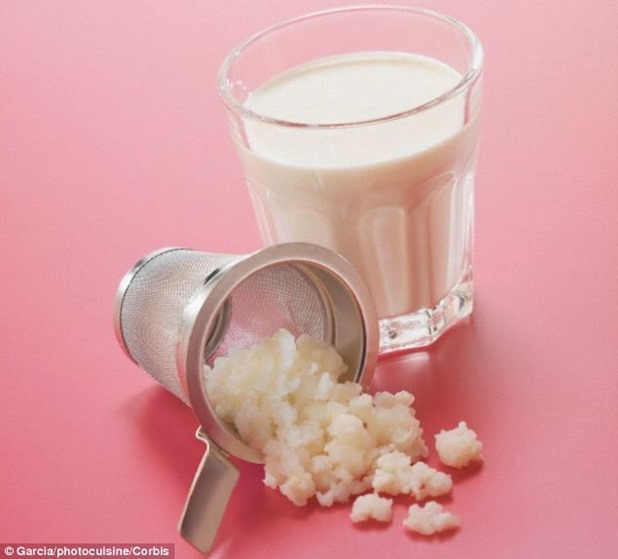Sven Longshanks and Andrew Anglin
Daily Stormer
March 6, 2015

The oldest cheese in the world has been found with some of the best preserved mummies yet discovered – in China, of all places.
Looking at the picture of the mummy, it doesn’t look Mongoloid, and the method of mummification appears to be similar to that which was practiced in White Egypt around the same time.
The cheese dates back to 1,615BC and was essentially vacuum-packed with the bodies of the mysterious Bronze Age people who were buried in the Taklamakan Desert, making it the oldest ever recovered.
While the strange discovery was made in the 1930s, scientists have only just analysed the proteins and fats in the clumps of 3,600-year-old food to reveal its age and ascertain that it is not butter or milk.
Chemists at Germany’s Max Planck Institute of Molecular Cell Biology and Genetics found that the cheese is a lactose-free variety that was quick to make.
It might have been responsible for spreading dairy farming across Asia in the Bronze Age, the said.
‘We not only identified the product as the earliest known cheese, but we also have direct evidence of ancient technology,’ analytical chemist and study author Andrej Shevchenko told USA Today.
Most mummies found in China to date that have had their DNA tested have been shown to be either pure European, or mixed European and Mongoloid.

